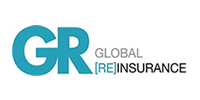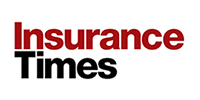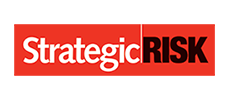Sponsored content: Stephen Kennedy, director at Pearson Ham, discusses how insurer consolidation is impacting on the insurance pricing environment
The UK general insurance market is undergoing a significant phase of consolidation. Two of the most notable transactions in recent years are Aviva’s £3.7bn purchase of Direct Line and Ageas’s acquisition of Esure.

Both deals have the potential to reshape competition in motor and home insurance – and the likely impact on pricing is now the subject of close attention.
Aviva’s takeover of Direct Line has created the country’s largest motor and home insurer, serving more than 20 million customers.
Ageas’s purchase of Esure, although smaller in financial terms, gives it greater scale in the aggregator-driven motor market.
Consolidation should enable efficiency gains. By integrating claims operations, distribution and technology, the enlarged groups can remove duplication and reduce costs. In principle, this could provide headroom to keep premiums stable or even lower them.
After almost two years of falling prices, it’s more likely that efficiency savings will be used to strengthen underwriting margins rather than drive further reductions.
In a market with fewer large players, competitive intensity could decline, giving insurers more ability to maintain or increase premiums.
Competitive dynamics
The impact on competition is already visible. Aviva and Direct Line were both among the top five motor insurers before the merger. Their combination has reduced the number of major competitors, particularly in the direct channel.
Digital specialists such as Admiral and Hastings have driven growth through strong online trading cultures, but the new Aviva-Direct Line entity could present them with some challenges.
The Ageas-Esure deal has similar implications at a different scale. Esure was well known for aggressive pricing on comparison websites.
Whether Ageas continues that strategy or shifts to a more margin-focused approach will be closely watched by brokers and competitors. How Ageas manages the differences between its broker and direct focus will no doubt become apparent soon.
Regulatory oversight
The Competition and Markets Authority (CMA) approved the Aviva-Direct Line deal earlier this year, but only after detailed review. The regulator highlighted the importance of maintaining customer choice and preventing anti-competitive outcomes.
The FCA is also playing an active role. It continues to emphasise fairness, transparency and consumer outcomes in motor and home insurance. Larger groups created through consolidation can expect even closer scrutiny.
Consolidation is reshaping the competitive environment. Fewer but larger insurers are likely to drive more disciplined pricing and create a more stable market. Brokers may find negotiations tougher, although capacity should remain available. Smaller insurers may need to focus on service, niche expertise or digital innovation to stand out.
Prices are unlikely to fall much further because of these mergers and could increase if competitive pressure eases. A potential outcome is a market that is more stable but also less aggressive on price. Whether the benefits of scale will be felt by customers or mainly serve to protect insurer margins will become clear over the next few years.
Hosted by comedian and actor Tom Allen, 34 Gold, 23 Silver and 22 Bronze awards were handed out across an amazing 34 categories recognising brilliance and innovation right across the breadth of UK general insurance.



















































